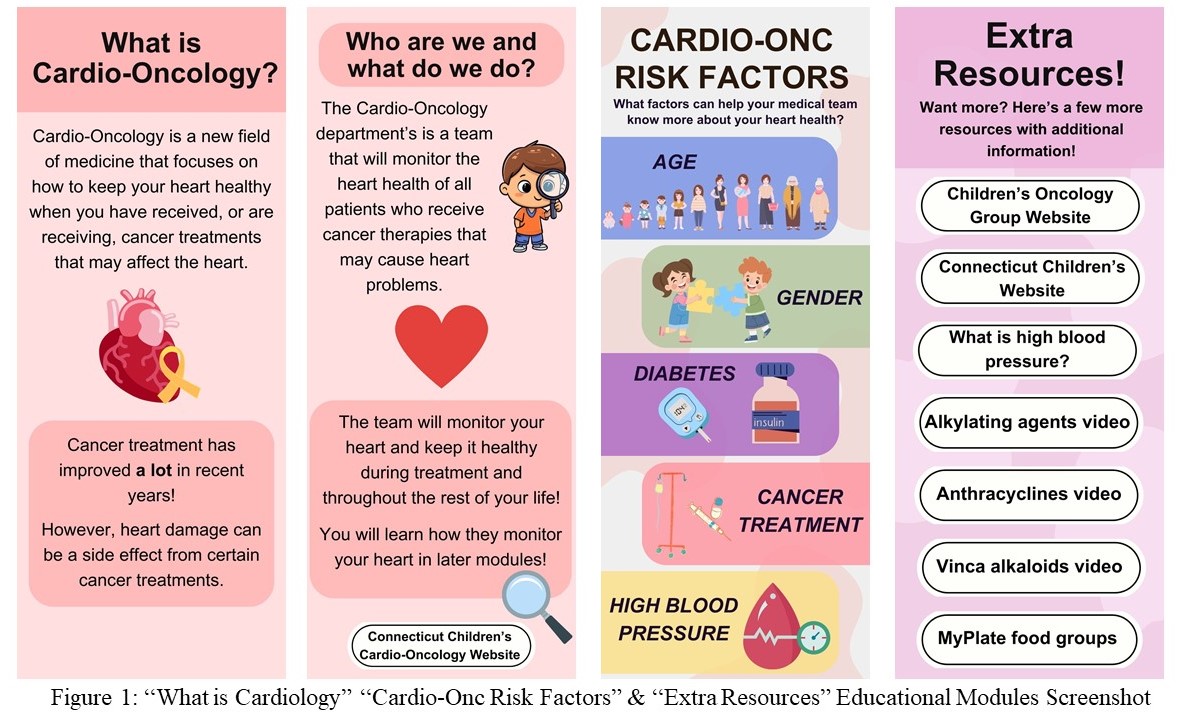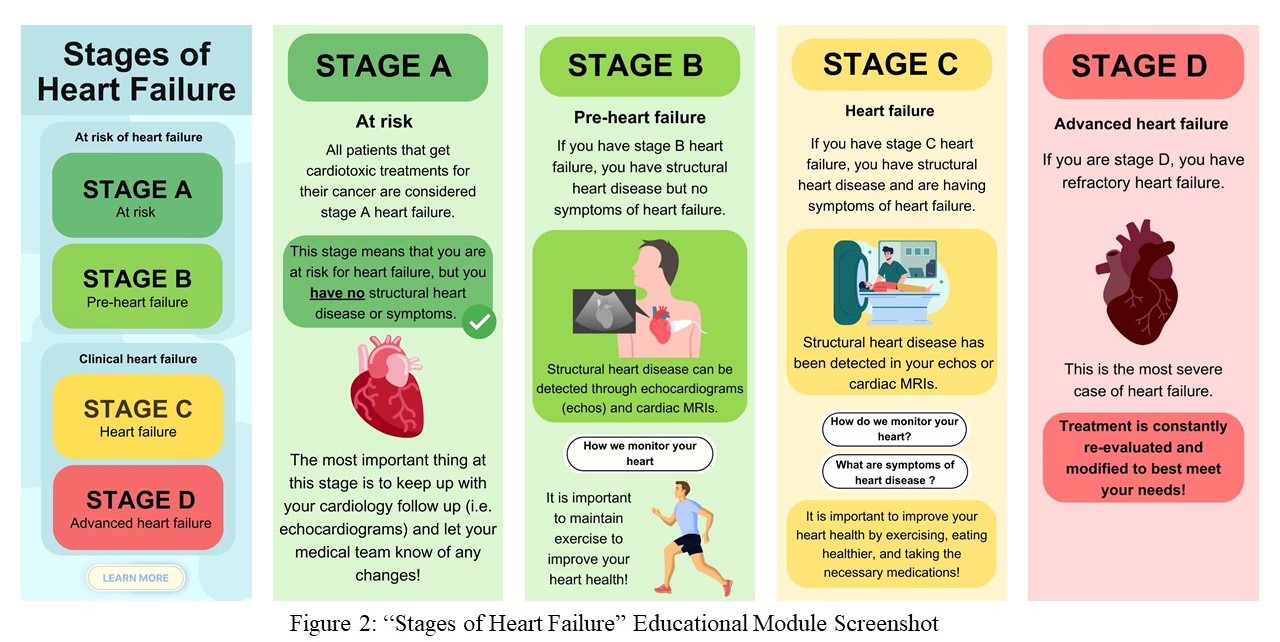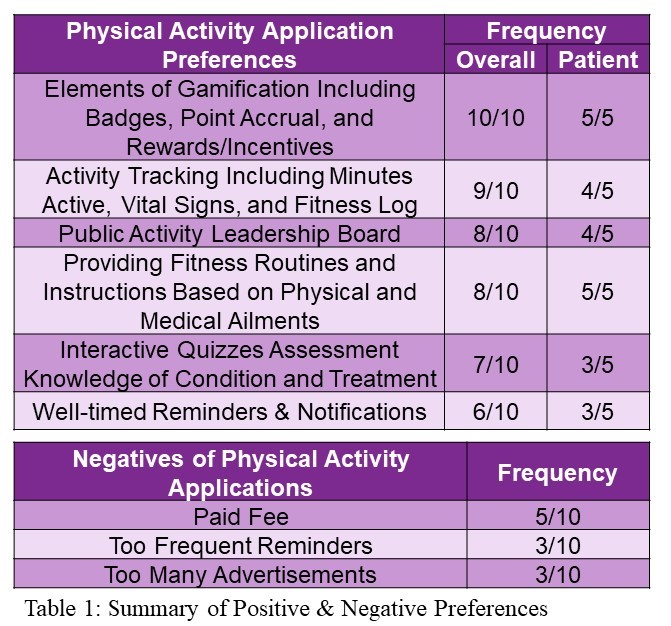Hematology/Oncology 1: Pediatric Oncology
Session: Hematology/Oncology 1: Pediatric Oncology
093 - Development of a physical activity and education module-containing mobile application for pediatric cancer patients and providers
Saturday, April 26, 2025
2:30pm - 4:45pm HST
Publication Number: 93.4426
Corbinian Wanner, University of Connecticut School of Medicine, Farmington, CT, United States; Olga H. Toro-Salazar, Connecticut Children's Medical Center, Hartford, CT, United States; Tiffany L. Berthod, Connecticut Children's, Hartford, CT, United States; Samantha Stephens, The Hospital for Sick Children, Toronto, ON, Canada; Andrea D. Orsey, Connecticut Childrens Medical Center (Hartford, CT), Hartford, CT, United States

Corbinian Wanner (he/him/his)
MD/MPH Candidate
University of Connecticut School of Medicine
Farmington, Connecticut, United States
Presenting Author(s)
Background: Among the nearly 400,000 long-term childhood cancer survivors in the United States, more than half were treated with cardiotoxic cancer therapy, which results in a 15-fold increased rate of heart failure and an 8-fold increased rate of premature cardiac death. Physical activity (PA) has been demonstrated to mitigate cardiotoxic effects. A mobile application may be a crucial first step in promoting fitness and increasing access to relevant education materials amongst childhood cancer survivors.
Objective: Design a PA tracking mobile application with education modules based on preferences given by childhood cancer survivors and their care teams.
Design/Methods: Research staff used an IRB-approved, purposive sampling approach to recruit, enroll and complete semi-structured interviews with childhood cancer survivors, their parents, and pediatric cardio-oncology providers. The common positive and negative components were summarized using frequency statistics. Positive common components were defined as >7/10 respondents mentioning that as a preference. These preferences were then used to alter an existing Toronto Sick Kids ® mobile application used for multiple sclerosis with cardio-oncology specific educational videos and interactive components. Paddington Bear ™ illustrators were used to assist in the illustration of the application interface.
Results: Ten total participants were interviewed including three providers, two parents, and five pediatric cancer survivors ranged 15 to 24 years-old. Positive components included: “Elements of Gamification Including Badges, Point Accrual, and Rewards/Incentives,” “PA Tracking Including Minutes Active, Vital Signs, and Fitness Log,” “Public Leadership Board,” “Providing Fitness Routines and Instructions Based on Physical and Medical Ailments.” The most common negative component was a paid fee (5/10 subjects). Four Educational Modules were developed based responses: “What is Cardio-Oncology,” “Stages of Heart Failure,” “3 Ways to Help Your Heart,” “Cardio-Oncology Risk Factors.” Within each module, links of publicly accessible videos were incorporated to explain each topic in detail. Fitness instructions videos were also embedded. Finally, an interactive chat were patients can communicate with health providers was created.
Conclusion(s): Childhood cancer survivors, their parents, and their health providers prefer an incentive-based, customizable PA tracking mobile application that contains education modules. Future work will include have patients use the created app, gathering feedback, and collecting PA quantitative data to assess the changes in PA habits.
Figure 1: “What is Cardiology” “Cardio-Onc Risk Factors” & “Extra Resources” Educational Modules Screenshot
 The following figure shows a variety of screenshots from the mobile application's educational module section. Each enclosed text box is interactive and will bring the user to a more specific page or a link/video related to the topic.
The following figure shows a variety of screenshots from the mobile application's educational module section. Each enclosed text box is interactive and will bring the user to a more specific page or a link/video related to the topic. Figure 2: “Stages of Heart Failure” Educational Module Screenshot
 The following figure shows the primary title page screenshot from the mobile application's educational module on heart failure stages; each stage button is interactive. Once the user clicks on the specific heart failure type, the subsequent screenshots seen to the right of the title screenshot appear.
The following figure shows the primary title page screenshot from the mobile application's educational module on heart failure stages; each stage button is interactive. Once the user clicks on the specific heart failure type, the subsequent screenshots seen to the right of the title screenshot appear. Table 1: Summary of Positive & Negative Preferences
 The following shows the frequency of common positive and negative preferences stated during the semi-structured interviews by participants including patients, their family members, and their healthcare providers. Positive preferences are further categorized by patient-specific responses.
The following shows the frequency of common positive and negative preferences stated during the semi-structured interviews by participants including patients, their family members, and their healthcare providers. Positive preferences are further categorized by patient-specific responses. 
